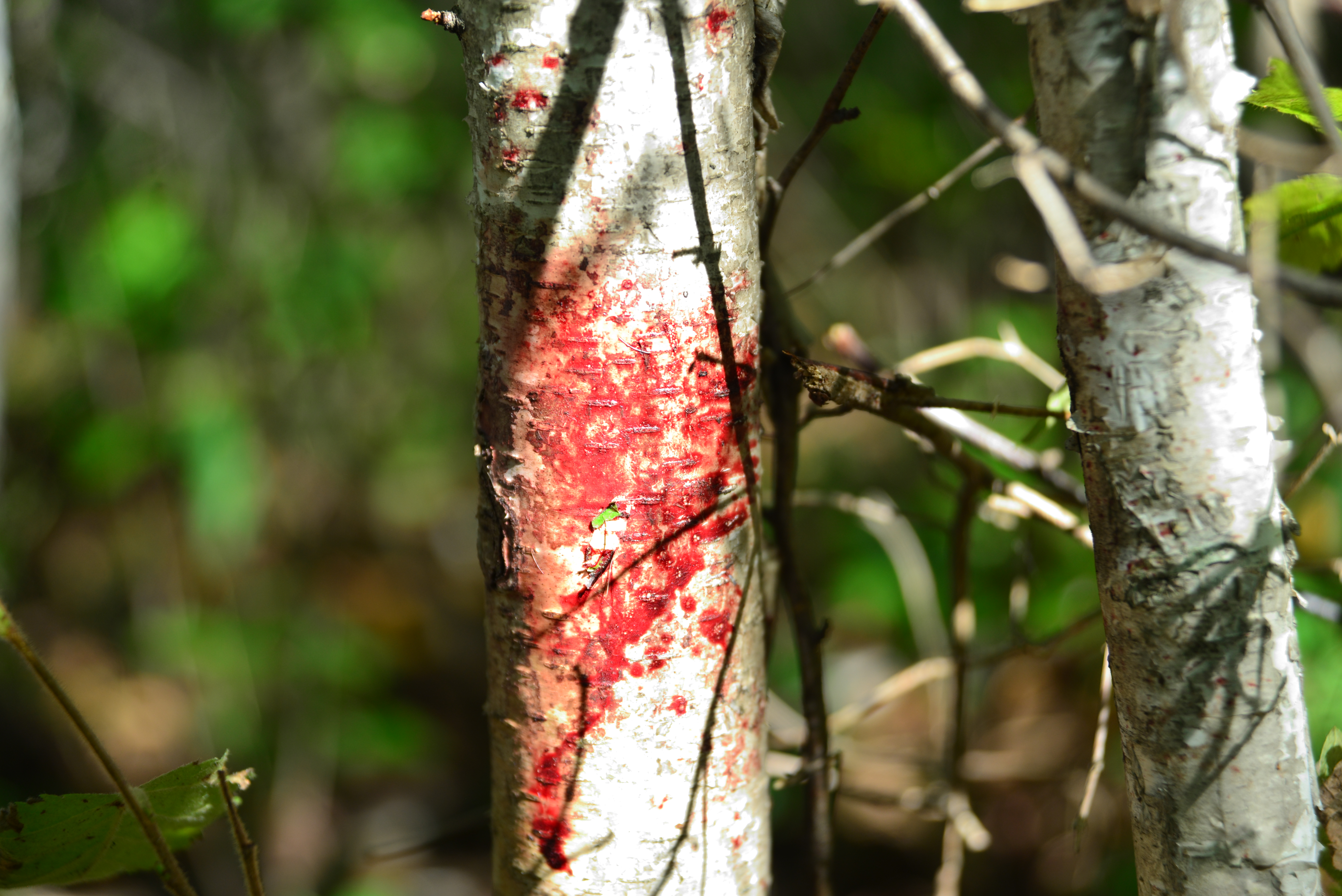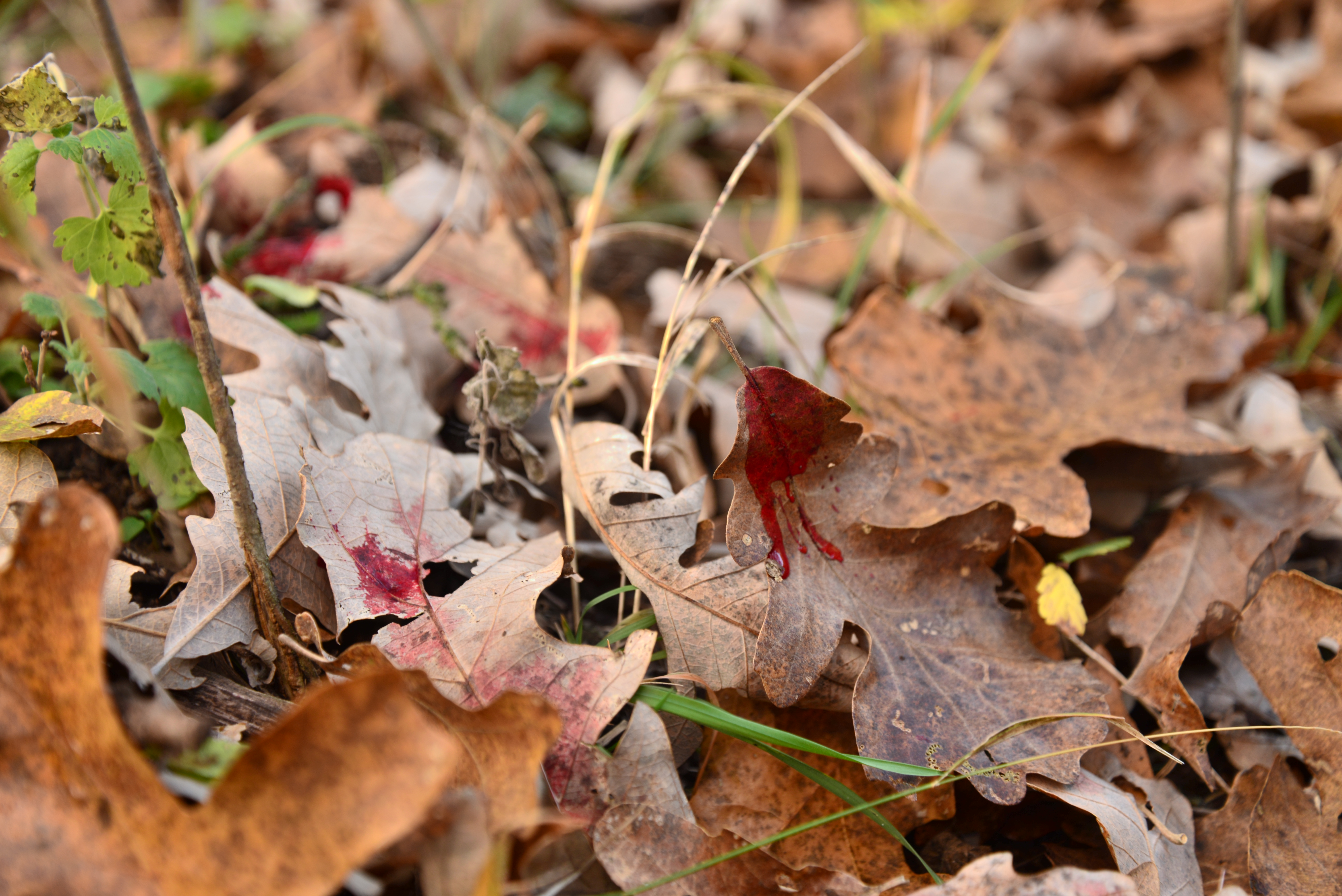Hunting with Steve Rinella sucks, but blood trailing with him does not.
There’s a level of pressure to hunting with a guy who started the company you work for. If you’re ever tasked with finding a concentration of public land deer, and then putting your boss’s boss on them, you’ll see what I mean.
But when a bad hit happens, you’ll want a guy like him on the trail. Some folks have a been-there-done-that attitude on tracking jobs that just makes it easy to understand they expect a tough go of it, and are ready for the task. They go slow, fall into a natural leader/follower cadence, and they take the whole thing very seriously.
Others? Not so much. Not only can that be annoying, it can cost you your buck. There are several telltale signs of these behaviors, and they almost always start with a metaphorical focus on the gas pedal but rarely the brakes.
Mistake 1: Going Too Fast
As I get older, I’m starting to realize that the cheat code to being a good hunter is just being patient. This applies to time on stand, of course. But it also applies to post-shot activities. We all generally know how long to wait after certain kinds of hits, but we also know that all-day sits are the secret sauce to rut success. Both rarely happen.
It’s easy to walk out of the woods and say that you’re not coming back for eight hours because your arrow is covered in gut material. It’s another thing to give it the full eight hours, especially when you start thinking about how warm it’s going to get, or how many coyotes you believe live in your region, or whatever.
Patience is a virtue before taking up the trail, but it’s absolutely necessary when you start following blood. Resist the urge to walk 20 yards ahead to scan for your dead deer. Resist the urge to invite a bunch of extra buddies on the trail because that just creates competition to find the next spot of blood.
Take your time. If the deer is dead, it won’t get any deader. If it’s not, you won’t do yourself any favors catching up to it quickly. The best trick you can learn to be a more competent blood trailer is to remind yourself to slow way, way down, and then keep going slow. This only works if everyone who is searching with you is on the same page.
Mistake 2: Losing Focus
Blood trailing a wounded deer is mostly a physical skill, yet we try to make it academic. We think about whether the buck is likely to go uphill or head to the nearest source of water. We assume he’ll beeline it straight for the best bedding because why wouldn’t he? We fill in a lot of the blanks, but none of our mental gymnastics outshine the simple truth of the spoor.
During most difficult tracking jobs, the best bet is to forget about having long conversations about possibilities and instead point your mental horsepower in a different direction. The sign doesn’t lie, and in most cases, it’s safe to assume that the blood won’t fully dry up.
Entrance and exit wounds can plug up with fat or intestines, and they can stop leaking. High hits with no exit can produce sparse clues to go on, while the chest cavity fills up but doesn’t drip much. A lot of things can happen, but it’s best to assume there is always a next spot of blood. A lot of hunters go the opposite route and too quickly declare a trail spoor-free. Put your effort into always finding the next bit of sign until you’re absolutely sure it won’t be found.
Mistake 3: Messing Up the Grid
A grid is a bunch of squares stacked around one another. It’s a geometric pattern that, on paper, looks like the best way to cover ground. It certainly can be, but rarely do we actually grid-search when we give up on the blood and start looking for a body.
If you’re at this point and don’t have a way to enlist the help of a tracking dog, grid searching is the move. The key is to actually plan out routes and stick to them. People have the tendency to walk where the walking is easiest, and this means the straight lines that should make up the routes tend to grow wiggly in a hurry.
Use onX or whatever you have to do to keep everyone on track, and then methodically cover the ground. Keep track of where everyone walks, and use that to customize the expansion of your search. Routes should be planned around the thickness of cover. Searching an overgrown river bottom will demand tight routes, while things can open up when you’re in a grazed pasture or a cut bean field.
Think the process through, and keep everyone accountable for their roles. If your buck is dead and not three counties away, this is the move to recover him when it feels like most hope is lost.
Read the full article here



